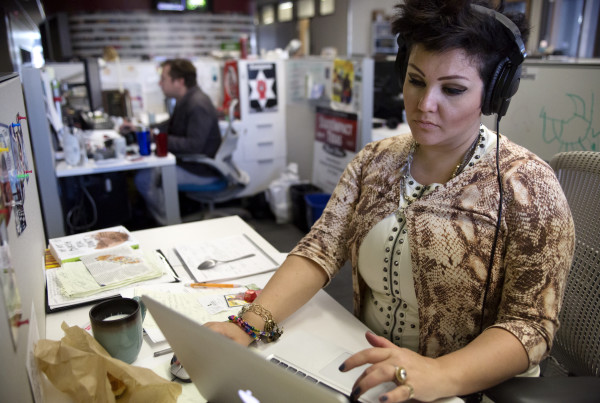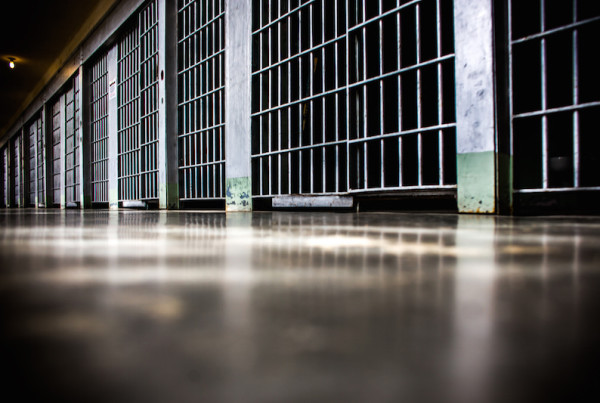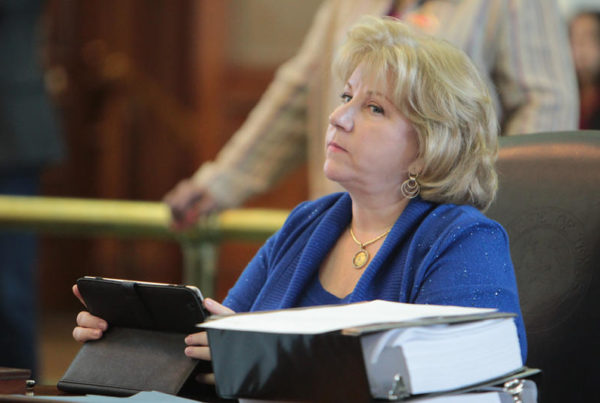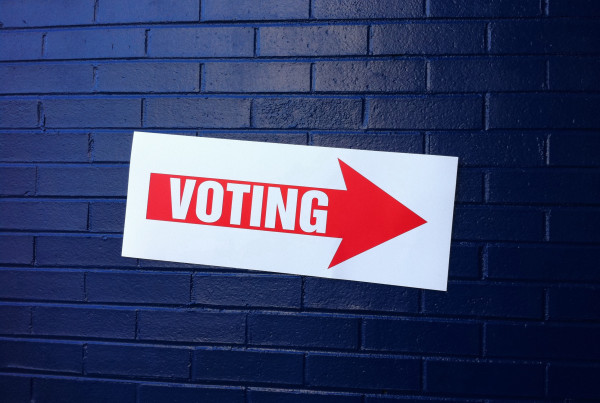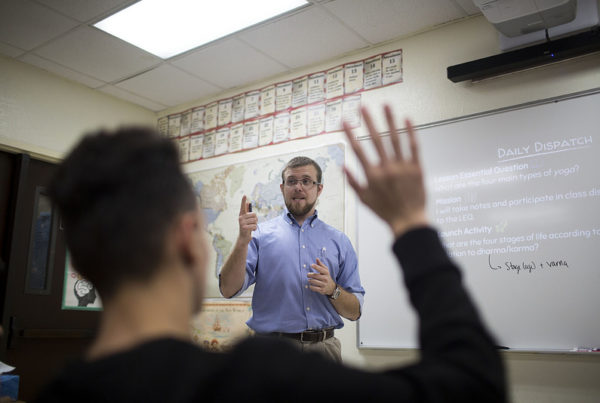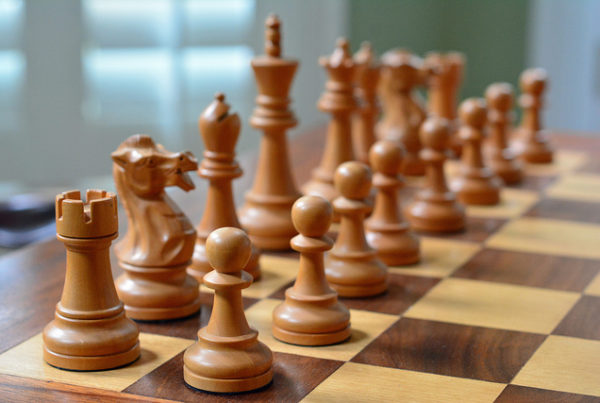For those leaving the military, readjusting to civilian life can be a rocky transition. For veterans or families of veterans, trying to juggle college classes and homework assignments on top of that can be frustrating.
That’s the reality for more than 800,000 college students across the nation. The number of ex-military students at universities is rising thanks to expanded GI Bill, which have increased the number of veterans who qualify for full tuition at state schools in Texas and elsewhere.
But because less than 0.5 percent of the country’s population actively serves in the military, it’s not always easy for them to find a place in the campus community.
Last summer, Texas A&M’s San Antonio campus became the first university in the country to require all faculty and staff to take a military competency course to help make this transition easier. About 20 percent of the campus’ students are connected to the military, either as vets, active duty or family members; 15 percent are active duty and 3 percent are dependents.
K.C. Kalmbach, a psychology professor at Texas A&M San Antonio, led the creation of the Military Cultural Competency training program. She says the university’s president, Cynthia Teniente-Matson made the training mandatory because she wanted to reflect the school’s military-embracing culture.
“We wanted to ensure that those military students who enrolled at Texas A&M San Antonio were successful,” she says.
Fewer and fewer Americans have actual contact with military personnel, Kalmbach says, which has led to a military-civilian divide.
“We think that that divide might be even greater on campuses,” she says. “The military is its own culture. You’ve got a specific worldview, you’ve got values, customs, language. These things translate into a very unique environment and for many of our students who may have entered when they are 18 years old. This is the only world they know. ”
The military culture can be much more authoritarian, with more emphasis on the group, as opposed to the individual, Kalbach says. But when students enter higher education, the focus is more on critical thinking, expressing individuality.
“Many military students report feeling like they’re alienated on campuses,” Kalmbach says. “Not only do they feel that the other students don’t understand them, they may worry that faculty and staff also don’t appreciate where they’re coming from.”
Military personnel entering college tends to be older – between 25 and 35 years old. Roughly half are married and half have kids. Most of them are working. Some are working through mental health challenges. Kalmbach says she wanted staff and faculty to acknowledge some of these matters.
“[Students involved with the military] are also more likely than the average student to have, for example, leadership training and skills,” Kalmbach says. “They probably have demonstrated the ability to persevere. They may be a little bit more culturally savvy, so they may have lived abroad in other countries.”
What Kalmbach says she did not want to do is make these competency trainings like the “sensitivity trainings” seen throughout the 1980s.
“Military students would hate that,” she says. “The last thing they want to hear is that they need to be ‘handled.’ The really important thing is to actually help these students learn how to integrate back into society.”
Written by Beth Cortez-Neavel.




